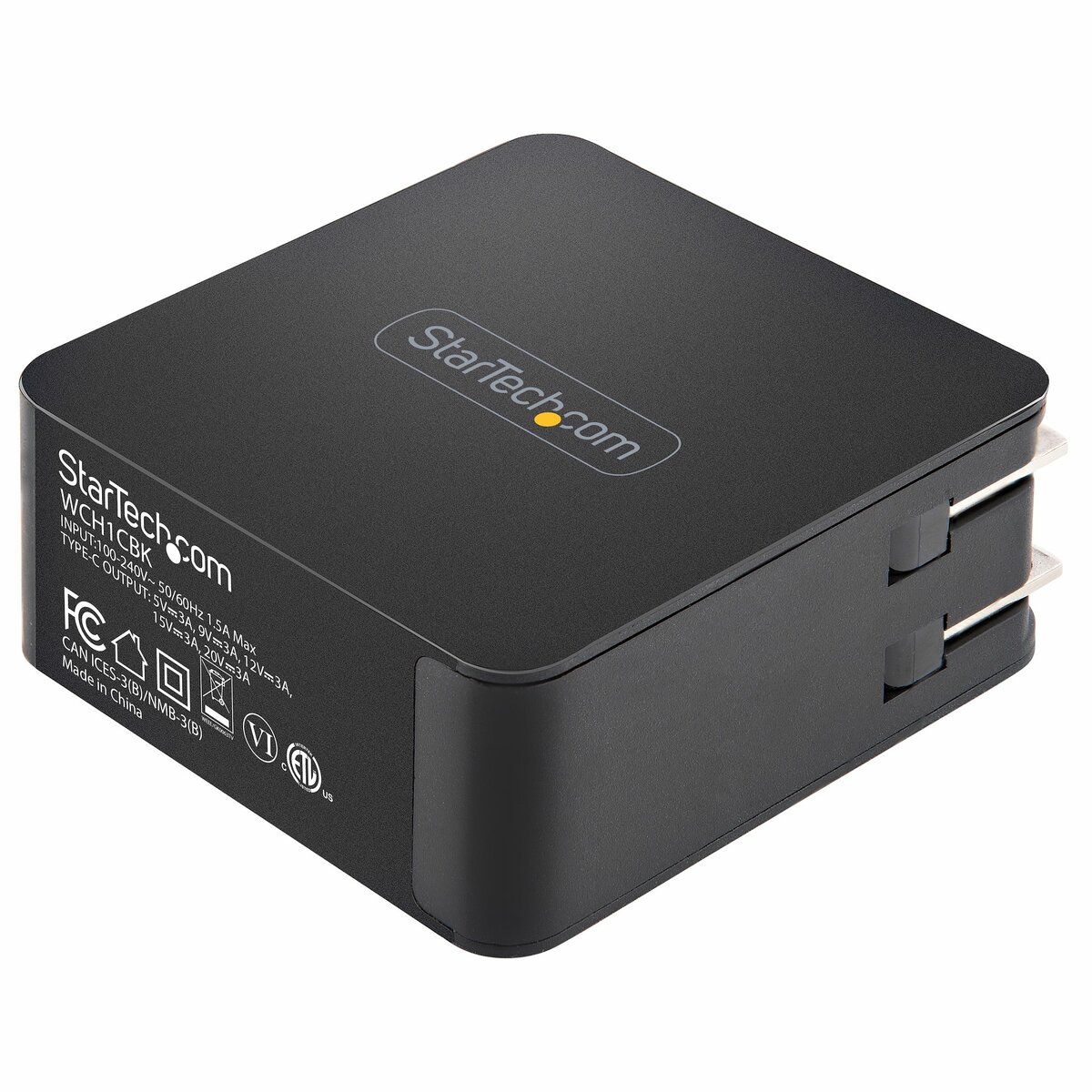Within the current fast-paced digital world, the need for efficient and adaptable charging solutions has never been more crucial. Introducing USB-C, a global standard that has swiftly dominated the charging landscape, offering faster speeds, increased power delivery, and a more straightforward user experience. As more devices—from smartphones and tablets to laptops and wearables—embrace this technology, grasping how to maneuver through the myriad options available can feel overwhelming. This guide will guide you through the complexities of selecting the right USB-C charger for your needs, guaranteeing you select a reliable and efficient solution for your devices.
With numerous choices on the market, it’s important to identify what to look for when buying a USB-C charger. Whether you are a busy professional, a technology-oriented traveler, or a family managing multiple devices, knowing the differences between various chargers, their features, and safety standards can make all the difference. Join us as we explore the prospects of charging, contrast USB-C to older standards, explore the latest technologies like GaN, and highlight the best products available in 2025. This detailed guide will enable you to make well-informed decisions in the ever-evolving USB-C landscape.
Comprehending Universal Serial Bus Type-C Tech
USB-C, which is a versatile connector, is a dynamic connector that marks a transition in the way we charge devices. It was developed to substitute multiple varieties of plugs, bringing simplicity and standardization to a variety of gadgets. Its sleek, reversible design facilitates easy insertion no matter of how it’s positioned, making it user-friendly. USB C charger adapter for car to transfer information, media, and energy through a one cord makes it an all-in-one solution that can simplify your tech life.
With the growth of rapid information exchange and boosted power delivery capabilities, USB-C has become the preferred choice for current devices. It is compatible with a diversity of protocols like the DisplayPort protocol and HDMI standard, enabling seamless connections for power and data transfer between mobile devices, laptops, and additional devices. This has made it an essential feature for users utilizing advanced technology, as it accommodates everything from basic smartphone charging to providing power to and integrating advanced laptops and video game systems.
USB-C technology's outlook looks even more promising with the emergence of Gallium Nitride technology, which allows for more compact, more efficient chargers. Gallium Nitride chargers are capable of offering greater power outputs while maintaining minimal forms, greatly enhancing the powering method. As producers continue to adopt this standard as their norm for power delivery and data connection, it paves the way for a global method that simplifies our electronic ecosystems and lessens the need for multiple cables and attachments.
Choosing A Suitable USB-C Charger
When choosing a USB-C charger, the initial consideration to keep in mind is to determine the wattage needed for your devices. Various devices have varying power needs; for example, mobile phones typically require a reduced amount of wattage, around 18 to 30 watts, while laptops may demand ranging from 45 watts to 100 watts or more. Understanding the wattage requirements will enable you avoid underpowering your devices or purchasing an unnecessarily powerful charger that may not be required for routine use.
A further key consideration is how many ports on the charger. If you frequently charge multiple devices, a multiple-port USB-C charger can be a great choice, allowing you to power up various electronics simultaneously. These chargers can also include a blend of USB-C and USB-A ports, providing versatility for older devices. Search for one that smartly allocates power among the ports to ensure the best charging performance for all attached devices.
Finally, emphasize safety features when choosing a USB-C charger. Search for chargers that have built-in protections against charging too much, getting too hot, and short-circuits. Standards like Lloyd's Register, the FCC, or CE can signal a safer product. Buying a reliable and safe charger can extend the life of your electronics and boost your overall charging experience, ensuring that you stay powered up with peace of mind.
Future Trends in USB-C Charging
With the advancement of technology, the USB-C charging standard is poised to become even more integral in our lives. One significant trend involves the rising adoption of gallium nitride technology in charging devices, which enables increased power in more compact and lightweight designs. This innovation not only improve ease of use but also enhances charging efficiency, which allows users to quickly charge their devices without the size and weight of conventional chargers. As the need for smaller solutions rises, gallium nitride chargers are becoming the go-to option for tech enthusiasts looking for practical solutions.
Another significant trend involves the incorporation of smart charging technology. A variety of new USB-C chargers are equipped with advanced features capable of automatically adjusting the level of power output to match the needs of the device being charged. This not only guarantees efficient charging rates but also improves safety through the reduction of the possibility of overheating. As companies keep innovating, we can expect to see additional charging devices designed to manage multiple devices together, which makes them great for households and those who are tech-savvy.
Finally, the focus on sustainability is taking center stage within the world of USB-C charging. Consumers are becoming increasingly aware of sustainability issues, driving manufacturers to design sustainable chargers that utilize recyclable materials. Additionally, the push for universal standards is resulting in the decrease in electronic waste, as more devices adopt USB-C connectors. This shift does not just simplifies the process of charging but also encourages a more sustainable method to technology, aligning with consumers' demands for sustainable usage.

